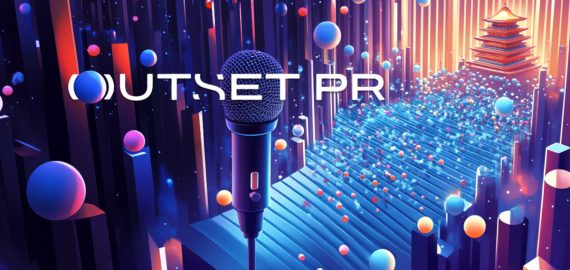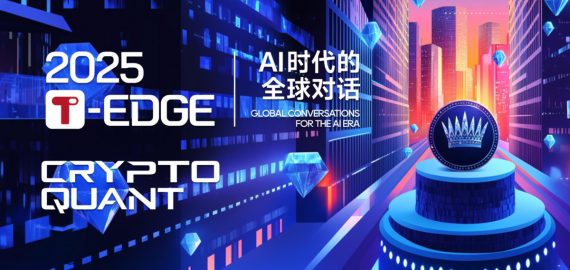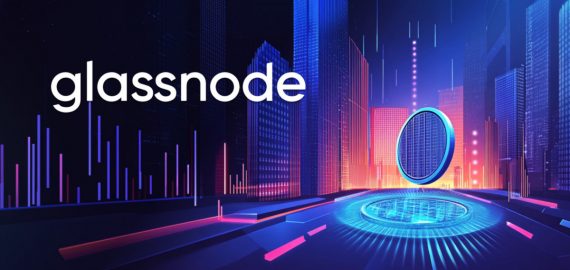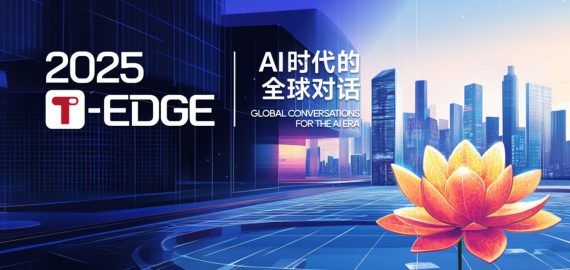Inside TON’s Ambitious Journey From Incentivized Growth to Building a Sustainable DeFi Ecosystem Worth Billions


In Brief
Alena Shmalko, Ecosystem Lead at TON Foundation, discusses the TON blockchain’s growth, The Open League’s role, Telegram mini-apps impact, and TON’s ambitious Web3 adoption vision.
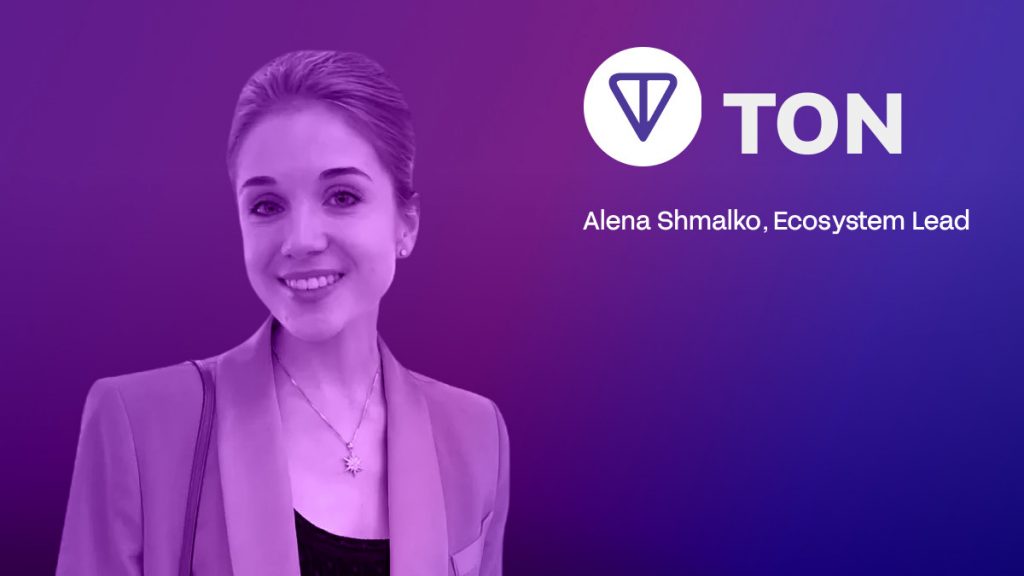
In this insightful interview, Alena Shmalko, Ecosystem Lead at TON Foundation, discusses the remarkable growth of the TON blockchain, which recently surpassed Ethereum in daily active addresses. Alena shares insights on The Open League’s role in ecosystem expansion, the impact of Telegram mini-apps, and TON’s ambitious vision for mass Web3 adoption.
As TON surpassed Ethereum in daily active addresses, what factors contributed to this growth? What role do incentive programs like The Open League play in this process?
In June, we achieved a major milestone when TON surpassed Ethereum in daily active wallets for almost the entire month. Since late February/early March, the ecosystem has experienced active growth in terms of wallets and daily activity. From the TVL perspective, we observed growth of almost 5000%, reaching a peak of approximately 770 million TVL, which was an absolute record for us.
Multiple factors contributed to this growth. The Open League, as a user and team incentivization program, became a starting point that catalyzed other growth factors. For instance, the Notcoin mint attracted enormous interest in the ecosystem, particularly with favorable results for users averaging $200 per wallet. This sparked on-chain activity, followed by subsequent listings like DOGS and CATI in recent months.
The introduction of native USDT on TON generated interest, supported by the incentivization program from the TON Foundation for USDT-TON pools on DEXes. However, this is just an initial stage, as the next step will be converting this liquidity that we attracted and artificial incentivization into more sustainable directions.
The success of the Open League and the rise of tap-to-earn apps have played a key role in attracting a large online audience. These apps have mastered the process of quickly onboarding users and then gradually introducing them to Web3 technologies.
The Open League is a supplementary tool that provided the initial boost. Importantly, it’s not the only growth driver anymore, as it was initially designed to stimulate growth while parallel instruments for more sustainable and long-term development were created, which is what we’re observing now.
Regarding the prize fund of 1,2 million dollars in The Open League, how does it stimulate participation in the TON ecosystem?
In this season, Season 6, we’re indeed distributing 1,2 million dollars in two airdrops. The first is called the Normie Airdrop, aimed at more beginning users, and the second is the Degen Airdrop, targeted at more advanced DeFi users.
For the Normie drop with a prize fund of 1 million dollars, the chain of actions is quite simple, with very clear instructions on our website. Users need to mint a badge so we can start tracking them, interact with a minimum of two applications from a specific list (mainly games and other consumer-facing mini-apps), and engage with key DeFi protocols like our two DEXes (STON.fi and DeDust.io), our lending protocol EVAA, our derivative DEX Storm Trade, and two liquid staking protocols (Tonstakers and bemo).
In those, users need to provide some liquidity or generate some trading volume to increase their score. The DeFi segment will likely bring the most points for the score as it’s the most complex and what we want to stimulate. Activities like buying NFTs, holding certain assets on TON, and holding tokens of projects they use also count toward the score.
The second airdrop is aimed at more advanced users and focuses solely on DeFi protocols. There are two teams: the TVL Squad with ten protocols and the Volume Squad with four protocols. Users need to mint a badge and either provide liquidity of at least $200 during the season in protocols from the first list or make transactions totaling at least $1,000 in the four projects from the second list. Users can do either or both, with higher rewards for doing both. The more active you are and the more liquidity you provide, the higher your chances of a more attractive airdrop at the end of the season.
How does TON’s mission of making blockchain accessible to mass users align with the creation of The Open League?
Actually, what inspired us to create The Open League was the feeling that the right moment had come in terms of ecosystem readiness, project maturity, and the need for additional activity and push. The market conditions were also favorable. We conducted extensive research on how similar incentivization programs were implemented on other blockchains and developed our unique design, which we continue to improve and modify each season.
Each season lasts a month, followed by a brief pause to evaluate results and introduce improvements. The Open League is interestingly aimed more at newcomers than advanced users, though it’s not exclusive to either. It’s a broad program in terms of its scope and target users.
The program allows users with any profile to find something interesting. For beginners, it offers small rewards just for creating a wallet and making some on-chain transactions. For more advanced users who understand DeFi and are ready to take the next step, it provides opportunities to engage with more complex protocols and strategies.
What I see in other ecosystems is that incentivization programs, especially large airdrop campaigns, are typically aimed at advanced users. Our emphasis is on simplicity of interaction with applications, and our goal is to introduce average users to as many applications on TON as possible.
TON’s distinction from other blockchains lies in its user-friendliness and emphasis on good UX in ecosystem products. We understand our mission is to interact with Telegram’s Web2 users, so most products are oriented toward Web2 users who are newcomers to the blockchain. This gives us a significant advantage.
I’m not claiming we’ve achieved this goal or that we’re far ahead of others in this aspect. I believe we have all the necessary tools and a clear understanding of the need to focus on this area. Therefore, The Open League, being a tool for accelerating user onboarding, pursues this goal of increasing accessibility and gives our applications within the ecosystem additional motivation and tools in the form of rewards to quickly onboard users, show them value, and, most importantly, retain them within the product.
What role do Telegram mini-apps play in the TON ecosystem, and how do they help make decentralized applications more user-friendly and accessible to a wider audience?
Mini-apps within Telegram are currently the primary form of decentralized applications on TON. Since last year’s announcement of a strategic partnership with Telegram, most developers and teams realized this would allow them to use a huge distribution channel and gain a competitive advantage compared to any other web application. With a monthly audience of almost a billion users in one place and mini-apps as a product form through which you can easily attract this audience via tested, proven channels and mechanics, it makes perfect sense.
TON certainly has web applications, particularly in the DeFi vertical. Many projects started with web applications, and for some, like DEXes, it remains their main product form because it’s more convenient and familiar for Web3 users. However, for mass consumer applications, mini-apps are incredibly powerful, based on the experience of the world’s largest super-apps, such as WeChat in China. It’s a proven way to concentrate the audience in one place, retain them in your product, achieve natural monetization, and grow your business.
Are mini-apps like Hamster Combat designed primarily for young people to get them interested in crypto??
I think the creators and developers of such applications are indeed targeting a younger audience, but I would say the user profile is quite broad due to its simplicity and the fun it creates. I know many middle-aged and even elderly people have tried interacting with applications like Hamster Combat, though the majority are certainly younger users, including school students.
A good friend of mine who works at a school sent me a voice message saying, “Alena, what’s going on? All my students are tapping on hamsters during breaks!” So, indeed, 7th-8th grade students are starting to explore this topic, even though this app hasn’t had a direct implementation of crypto or any Web3 elements yet. Nevertheless, the tasks within the app that the team implemented were related to the crypto world, crypto exchanges, and crypto exchange business development.
Yes, there’s an orientation toward young people simply because there’s more perspective, and it’s easier to onboard such users. At the same time, I can also notice that people of older generations also see some advantages, though I’m not specifically talking about Hamster now, but mini-apps in general – it depends on the profile and needs we want to address.
Are there any top gainers in The Open League? How do they demonstrate the potential of the TON ecosystem?
The main products users interact with in the Normie airdrop include Blum, YesCoin, Catizen, Gamee, and other 78 dApps. Some of them are the largest tap-to-earn or play-to-airdrop applications with very large audiences. Some have already conducted airdrops, like Catizen, and maintain a high standard while retaining users. Others are still in the pre-TGE phase, so people are highly motivated to return to the application daily to farm points for future airdrops.
In the DeFi league, our clear top three leaders in the TVL squad include Hipo, a liquid staking protocol. Interestingly, they launched a tap2earn app to support their main liquid staking protocol, which has existed for about a year or more. Recently, they have created a very simple onboarding application with educational elements, which is crucial. Users don’t just tap; they complete various educational DeFi quests, which is excellent. They’ve grown several times over, with TVL now exceeding five million.
Also notable is the Aqua protocol, an algorithmic stablecoin. They recently launched on Mainnet and are already showing great results with active integration with other TON DeFi ecosystem protocols. JVault is a staking protocol for tokens (jettons) on TON, building their mini-ecosystem with token staking, quest platform, and token launchpad.
From the Volume squad, I would highlight Tradoor, a new Perp DEX built by a talented Asian team. They’re competitors to Storm Trade, our largest Perp DEX, which had a very successful listing just last week. Tradoor has excellent onboarding and high-quality UX/UI, which they’ve improved over the last few months.
Have you noticed any positive changes in the TON ecosystem since the launch of the first season? What are your expectations for future seasons?
The growth in the number of teams actively developing in the ecosystem has been remarkable. The Open League became a stimulus and motivation for them because everyone wanted to get into the leaderboard and compete. We started with around 17 teams in March, and now we have 120 projects participating in the league, with more expected in future seasons.
We’ve seen an acceleration in the introduction of on-chain elements within mini-apps. While it’s easier to make a simple Web2 mini-app without a wallet connection or transactions, the league introduced mandatory on-chain requirements for participation. This has led to increased activity in terms of transactions and daily/monthly active wallets within these applications.
Each season, according to our statistics, 50% of wallets participating in the league are new wallets, showing we’re truly bringing a new audience to TON rather than just rewarding the same users. The Open League has been noticed by other players in the Web3 market and our partners, regularly featuring within major exchange wallets like OKX and Bitget.
The league has become a space for collaboration and partnerships between projects. Previously, teams existed somewhat in isolation or interacted in small clusters, but now we see cross-vertical, cross-product collaborations and collective campaigns involving multiple projects simultaneously.
We have ambitious goals for the ecosystem, including reaching $1 billion TVL by early 2025 and 500 million active wallets by 2028. We’ll continue developing DeFi to achieve sustainable TVL growth, as this requires organic yield opportunities. We’re working on major bridging solutions coming to TON, including integration with Axelar and collaboration with Curve Finance.
For active wallets, we’ll continue decentralization through cross-ecosystem campaigns and airdrops, applying a balanced approach to stimulate activity across all ecosystem applications while supporting the maximum number of teams and expecting active brainstorming from the teams themselves on how we can jointly achieve these great goals.
Disclaimer
In line with the Trust Project guidelines, please note that the information provided on this page is not intended to be and should not be interpreted as legal, tax, investment, financial, or any other form of advice. It is important to only invest what you can afford to lose and to seek independent financial advice if you have any doubts. For further information, we suggest referring to the terms and conditions as well as the help and support pages provided by the issuer or advertiser. MetaversePost is committed to accurate, unbiased reporting, but market conditions are subject to change without notice.
About The Author
Victoria is a writer on a variety of technology topics including Web3.0, AI and cryptocurrencies. Her extensive experience allows her to write insightful articles for the wider audience.
More articles

Victoria is a writer on a variety of technology topics including Web3.0, AI and cryptocurrencies. Her extensive experience allows her to write insightful articles for the wider audience.














































